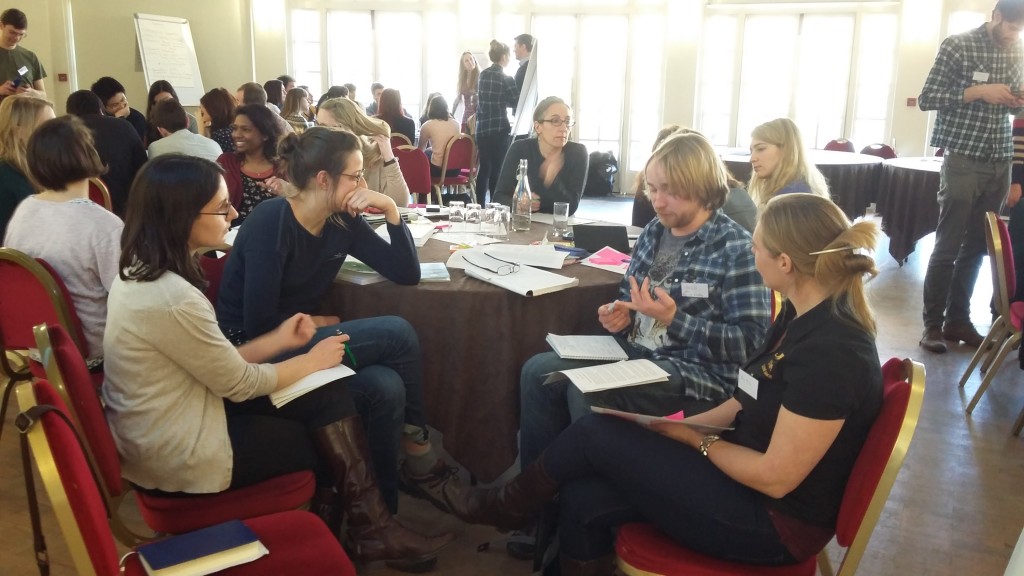How to kick-start your career in Ecology
Publicising your research and learning to communicate with a range of audiences is key to raising your profile as a researcher, especially in the early career stages when you may not have published many papers. Visibility isn’t a component to be neglected when building a career, which is why the one day conservation career event organised by the British Ecological Society Conservation Group decided to give this topic its full attention. Thanks to Nathalie Pettorelli (Institute of Zoology, Zoological Society of London) and Becky Allen (journalist and British Ecological Society press officer), each participant was thus offered the opportunity to discuss online profile building and securing media opportunities.
We started off by thinking about why engaging with the media is important in communicating research to a wider audience. Many of us work in our field because we want to make a difference: to make a difference, we need to communicate our message to audiences outside of academia, including policymakers, campaigners, funders and the public. Most of these audiences get their knowledge of science from the media, so it’s important to learn how best to interact with the media to make sure you can get the key information across.
The workshop was split into two tasks. The first task was to develop a communications strategy for a published article. We learned that it isn’t always easy to pick out the main messages from published papers and the exercise highlighted the importance of making sure the main study findings can be clearly identified from the abstract, and presented in a jargon-free way.
Some recommendations that emerged during our discussions on promoting published papers included the following:
- Once your paper has been accepted, approach your organisation’s press officer and tell him/her what’s really exciting about that work. If you don’t know who your press officer is, find out and talk to him/her about your research (and well before you need to publicise your paper!)
- The aim of a press release is to “sell” your story and persuade media organisations to cover it. A press release should therefore have a snappy title, a clear message and be understood by non-scientists. Becky provided several examples of press releases associated with the publication of articles in BES journals. For example a proposed press release title for this paper was “Translocated birds speak with a different accent”.
- Think about creating a lay summary to accompany your paper to help non-scientists understand the main points (as done e.g. here).
- Consider translating your abstract, lay summary and/or press release into different languages to make the research accessible to more people. For example if your research was conducted in Argentina translate your findings into Spanish so local people can read about your research.
- Make sure you use social media to publicise your paper (and read more on this below!).
- Think about using different media to promote your research – you could create a blog, video or podcast, or use an infographic – visual approaches will appeal to a wider audience. If you have sound clips, you can use these as well!
The second task was a practice interview in which we interviewed one another on the papers we’d been given. This is probably much easier when discussing your own research but made us all think about the types of questions that journalists might ask in interviews.

We ended the hour by discussing the use of online social media to promote your research. One clear recommendation was to build up your social media profile well ahead of when you expect to publish your research. It is no good joining Twitter on the day your paper is published! Promoting your research ahead of time, e.g. by posting photos during fieldwork and linking to relevant articles, will help to raise your profile so you’re well placed to promote your research when it is published.
Nathalie summarising her three take-home messages from the session.
This blog is part of a series of posts from the BES/ZSL Conservation Careers Workshop, also posted on The Applied Ecologists blog and the ZSL Wild Science blog. Find out more
Like what we stand for?
Support our mission and help develop the next generation of ecologists by donating to the British Ecological Society.